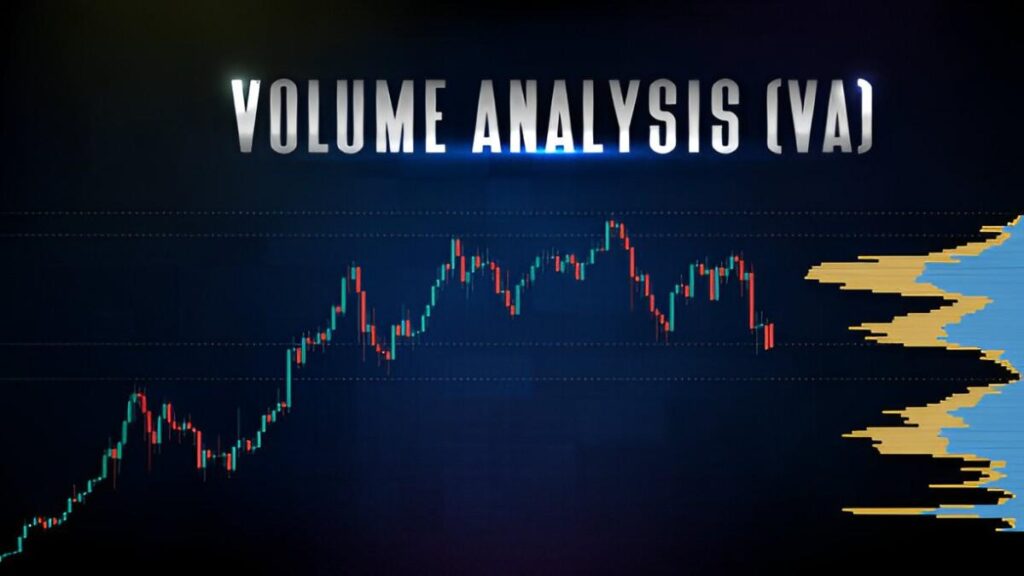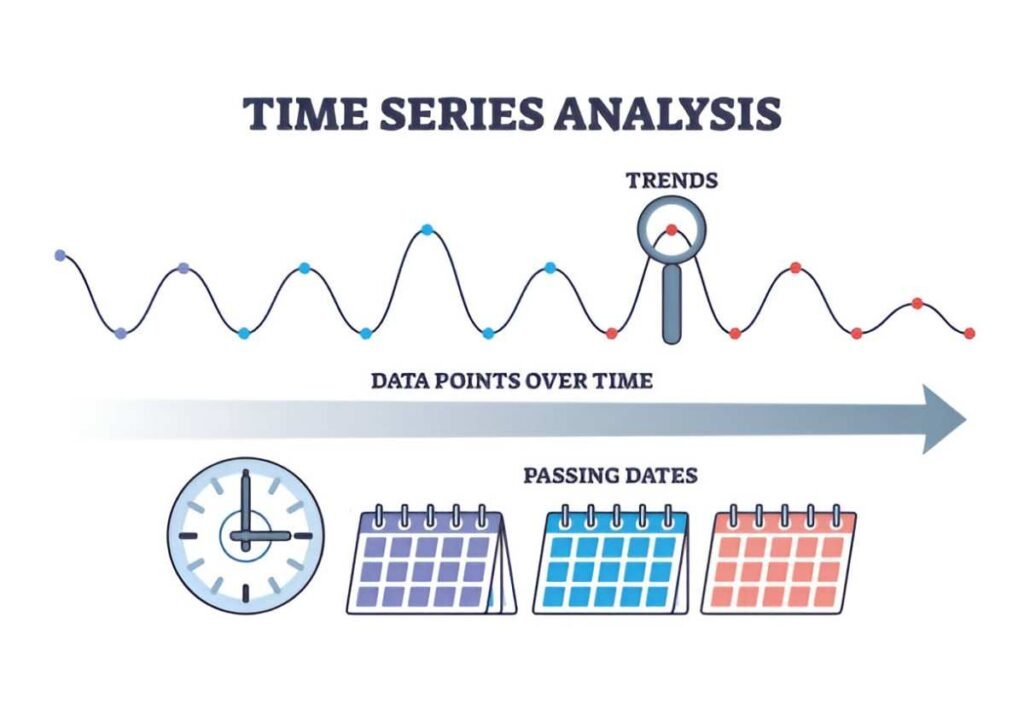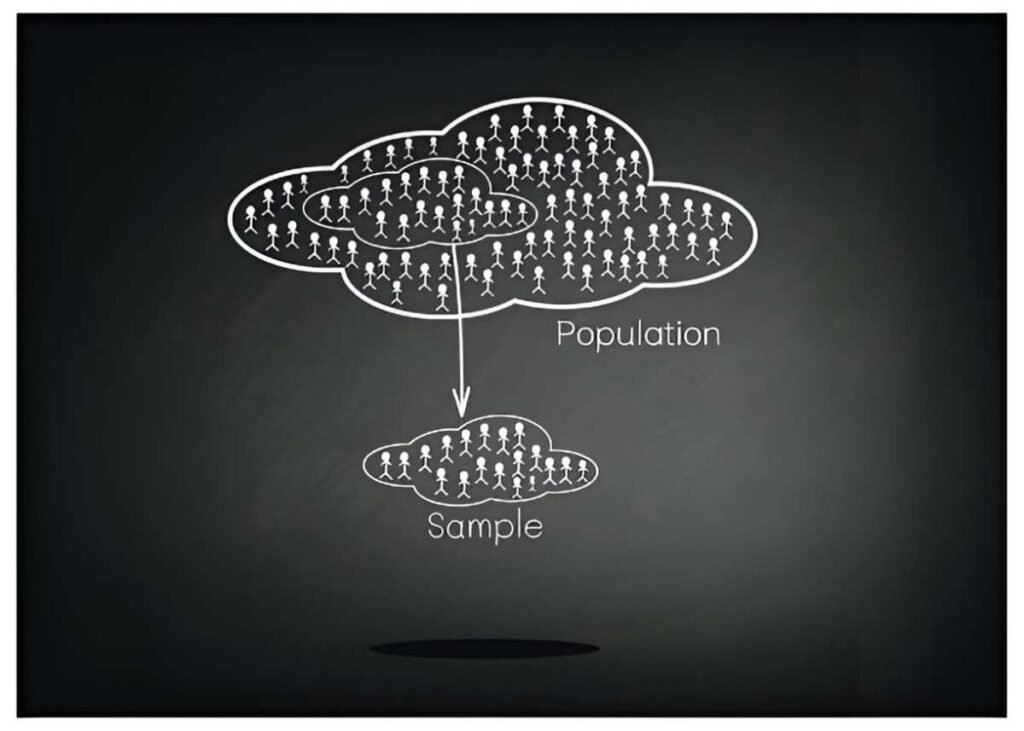Moving averages are one of the most widely used tools in finance, accounting, and data analysis. I rely on them to smooth out price trends, identify market directions, and make informed decisions. Whether you’re a trader, accountant, or data analyst, understanding moving averages can sharpen your analytical skills. In this article, I break down what moving averages are, how to calculate them, and where they apply in real-world scenarios.
Table of Contents
What Is a Moving Average?
A moving average (MA) is a statistical calculation that helps analyze data points by creating a series of averages from different subsets of a larger dataset. I use it primarily to reduce noise in data and highlight underlying trends. There are two main types:
- Simple Moving Average (SMA) – The arithmetic mean of a given set of prices over a specified period.
- Exponential Moving Average (EMA) – A weighted average that gives more importance to recent data points.
Why Moving Averages Matter
Moving averages help me filter out short-term fluctuations and focus on long-term trends. Stock traders use them to identify support and resistance levels, while accountants apply them in forecasting and inventory management. The Federal Reserve even references moving averages when analyzing economic indicators like unemployment rates.
How to Calculate a Simple Moving Average (SMA)
The SMA is straightforward. I calculate it by summing up closing prices over a set number of periods and then dividing by that number. The formula is:
SMA = \frac{P_1 + P_2 + P_3 + \ldots + P_n}{n}Where:
- P_1, P_2, \ldots, P_n = Prices over n periods
- n = Number of periods
Example Calculation
Suppose I track the closing prices of a stock over five days:
| Day | Closing Price ($) |
|---|---|
| 1 | 50 |
| 2 | 52 |
| 3 | 54 |
| 4 | 53 |
| 5 | 55 |
The 5-day SMA would be:
SMA = \frac{50 + 52 + 54 + 53 + 55}{5} = \frac{264}{5} = 52.8This means the average price over the last five days is $52.80.
How to Calculate an Exponential Moving Average (EMA)
The EMA gives more weight to recent prices, making it more responsive to new information. I calculate it in two steps:
- Compute the SMA for the initial EMA value.
- Apply the smoothing multiplier to the latest price data.
The formula is:
EMA_{\text{today}} = (P_{\text{today}} \times k) + (EMA_{\text{yesterday}} \times (1 - k))Where:
- P_{\text{today}} = Today’s price
- k = \frac{2}{n + 1} (Smoothing factor)
- n = Number of periods
Example Calculation
Using the same five-day prices, I first calculate the SMA (52.8). Then, I compute the smoothing factor for a 5-day EMA:
k = \frac{2}{5 + 1} = 0.333Now, suppose the next day’s closing price is $56. The EMA would be:
EMA = (56 \times 0.333) + (52.8 \times 0.667) \approx 53.87The EMA reacts faster to price changes than the SMA.
Comparing SMA and EMA
| Feature | SMA | EMA |
|---|---|---|
| Calculation | Equal weight to all prices | More weight to recent prices |
| Responsiveness | Slower to changes | Faster to changes |
| Use Case | Long-term trend analysis | Short-term trading signals |
I prefer SMA for long-term trends, like annual sales forecasting, while EMA suits day traders needing quick signals.
Applications of Moving Averages
1. Stock Market Analysis
Traders use moving averages to spot buy/sell signals. A common strategy is the Golden Cross (50-day EMA crosses above 200-day EMA) and Death Cross (opposite).
2. Business Forecasting
Accountants apply moving averages to predict future sales, inventory needs, or expense trends. For example, a 12-month SMA smooths seasonal fluctuations in retail sales.
3. Economic Indicators
The Federal Reserve examines moving averages of unemployment rates to filter out monthly volatility.
4. Machine Learning
In algorithmic trading, MAs help build predictive models. Hedge funds deploy EMA-based strategies for high-frequency trading.
Limitations of Moving Averages
- Lagging Indicator: MAs rely on past data, making them reactive rather than predictive.
- Whipsaws in Volatile Markets: Rapid price swings can generate false signals.
- Parameter Sensitivity: Choosing the wrong period (e.g., 50-day vs. 200-day) impacts accuracy.
Advanced Moving Average Techniques
1. Weighted Moving Average (WMA)
This assigns different weights to prices, often linearly increasing. The formula is:
WMA = \frac{(P_1 \times 1) + (P_2 \times 2) + \ldots + (P_n \times n)}{1 + 2 + \ldots + n}2. Hull Moving Average (HMA)
Developed by Alan Hull, it reduces lag while maintaining smoothness. It uses weighted moving averages and square roots:
HMA = WMA(2 \times WMA(n/2) - WMA(n))_{\sqrt{n}}Practical Example: Using MAs in Trading
Suppose I’m analyzing Apple Inc. (AAPL) stock:
| Date | Closing Price ($) | 10-day SMA | 10-day EMA |
|---|---|---|---|
| 2023-01-01 | 150 | – | – |
| … | … | … | … |
| 2023-01-10 | 155 | 152.3 | 152.8 |
If the EMA crosses above the SMA, I might consider a buy signal.
Conclusion
Moving averages are indispensable in finance, accounting, and data science. I use them to clarify trends, reduce noise, and make data-driven decisions. While simple to compute, their applications range from stock trading to economic policymaking. The key is selecting the right type and period based on your objective. Whether you’re a trader or a business analyst, mastering moving averages will enhance your analytical toolkit.





